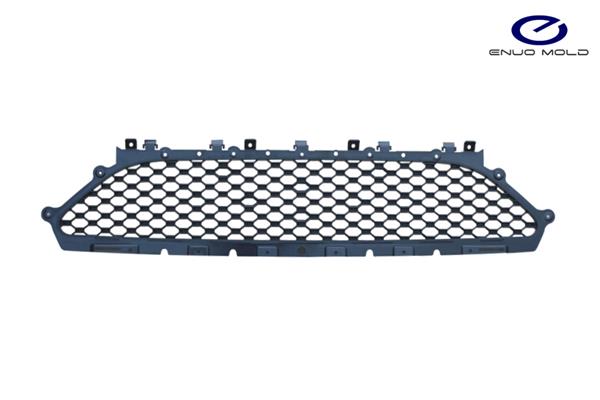1. Accept the assignment
The task book for molded plastic parts is usually proposed by the part designer, and its content is as follows:
1)The approved drawings of the formal parts, and indicate the grade and transparency of the plastic.
2)Instructions or technical requirements for plastic parts.
3)Production output.
4)Samples of plastic parts.
Usually the mold design task book is proposed by the plastic part craftsman based on the task book of the molded plastic part, and the mold designer designs the mold based on the task book of the molded plastic part and the mold design task book.
2. Collect, analyze, and digest original data
Collect and organize relevant parts design, molding process, molding equipment, mechanical processing and special processing materials for use when designing molds.
1)Digest the drawings of plastic parts, understand the purpose of the parts, analyze the technical requirements of plastic parts, such as manufacturability and dimensional accuracy. For example, what are the requirements for plastic parts in terms of appearance, color transparency, and performance, whether the geometric structure, slope, and inserts of the plastic parts are reasonable, the allowable degree of molding defects such as weld marks and shrinkage holes, and whether they are coated or not. Post-processing such as assembly, electroplating, bonding, and drilling. Select the size with the highest dimensional accuracy of the plastic part for analysis, and see if the estimated molding tolerance is lower than that of the plastic part, and whether the plastic part that meets the requirements can be molded. In addition, it is necessary to understand the plasticization and molding process parameters of plastics.

2)Digest the process data, analyze whether the molding method, equipment model, material specification, mold structure type and other requirements proposed in the process task book are appropriate and whether they can be implemented.
The molding material should meet the strength requirements of plastic parts, and have good fluidity, uniformity, isotropy, and thermal stability. According to the purpose of the plastic parts, the molding material should meet the requirements of dyeing, metal plating, decorative properties, necessary elasticity and plasticity, transparency or opposite reflection properties, adhesiveness or weldability.
3)Determine the molding method
Use direct pressure method, casting pressure method or injection method.
4)Choose molding equipment
Molds are made according to the type of molding equipment, so it is necessary to be familiar with the performance, specifications, and characteristics of various molding equipment. For example, for an injection machine, the following should be understood in terms of specifications: injection capacity, clamping pressure, injection pressure, mold installation size, ejection device and size, nozzle hole diameter and nozzle spherical radius, sprue sleeve positioning ring size, The maximum and minimum mold thickness, template stroke, etc., please refer to the relevant parameters for details.
It is necessary to preliminarily estimate the dimensions of the mold and determine whether the mold can be installed and used on the selected injection machine.
5)Specific structure plan
(1) Determine the mold type
Such as pressing molds (open, semi-closed, closed), casting molds, injection molds, etc.
(2) Determine the main structure of the mold type
Choosing the ideal mold structure is to determine the necessary molding equipment and the ideal number of cavities, so that the mold itself can meet the requirements of the process technology and production economy of the plastic part under absolutely reliable conditions. The technological requirements for plastic parts are to ensure the geometric shape, surface finish and dimensional accuracy of the plastic parts. The economic requirements of production are to make the cost of plastic parts low, high production efficiency, molds can work continuously, long service life, and labor saving.
Post time: Sep-22-2021



